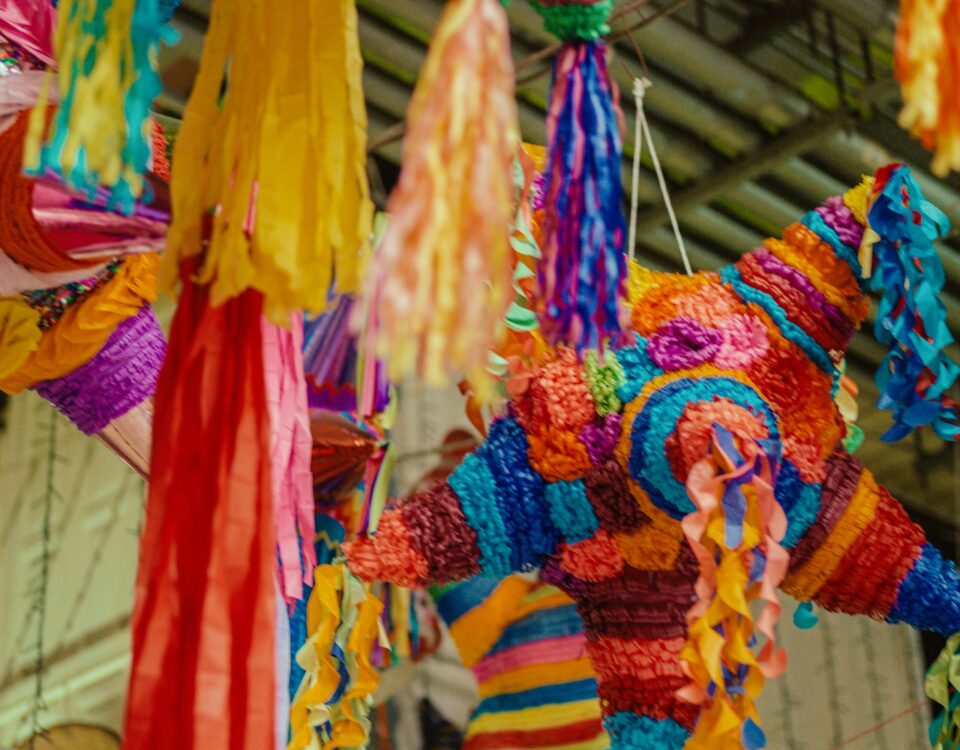
Becoming Messengers for Peace
September 20, 2024
Celebrating Differences: Fostering Cultural Diversity and Tolerance
September 21, 2024In today’s fast-changing digital world, media literacy is more important than ever. Teaching children how to evaluate information critically and use media responsibly helps them navigate online spaces safely. Media literacy plays a key role in shaping how children understand the world around them. It gives them the tools to tell the difference between reliable information and misinformation.
As someone who has seen how media influences views on peace and tolerance, I believe it’s essential to develop these skills in young people. According to a 2023 UNESCO study, 79% of young people aged 15-24 worldwide use the Internet, which highlights the urgent need for effective media literacy education. By promoting media literacy, we can help children make informed decisions and understand the significant impact media has on society.
Best practices for media literacy
Observing how media literacy informs our opinions, our reactions, and even our expectations of situations always drive me to evaluate sources critically. Teaching children to assess the credibility of information sources everyday becomes more important. Encouraging them to ask questions like: Who created this content? Are there any biases present? and What is the purpose of this information? helps us foster a critical thinking habit.
Learning how to discern reliable information from misleading content is not easy, but in today’s world its becoming vital.
Often, we avoid discussing current events, advertisements, or even social media trends. However, conversations are always our best ally in understanding how information affects our society. Two questions you can always ask to engage in an active discussion about media are:
- What do you think about this news story?
- How does this advertisement make you feel?
These discussions not only enhance critical thinking but also encourage all of us, but especially children to express opinions and listen to diverse perspectives. Imagine a world where every child can confidently navigate the digital landscape, equipped with the skills to challenge misinformation and promote peace. There are so many ways in which our programmes contribute to making this a reality!
Integrating media literacy into Peace Education
Media literacy is not just an educational tool; it is a vital component of peace education. By teaching young people to critically analyse media, we empower them to engage thoughtfully in their communities and advocate for their rights.
Peace education fosters critical thinking, empathy, and understanding—skills essential for evaluating media content. When children learn to appreciate diverse perspectives, they become more adept at navigating the complexities of the digital world. Our focus on human rights, diversity, conflict resolution, and sustainable development can only improve as we dive into research and seeking digital information that can broaden our understanding of our content areas. For instance, how could a Step Up participant better engage in their activity planning if they had recent access to news stories, such as print newspapers or can confidently identify activists and social media advocates to better engage participants of the sessions they facilitate. Are we helping our participants discern fact from fiction and understand the implications of media narratives?
As we navigate the complexities of the digital world, it’s essential for communities and organisations like CISV to foster participation through media literacy. Equipping children with the skills to critically engage with media, becomes more important every day as we prepare them for the future. Let’s empower children to work together to shape the future into a more informed, tolerant, and peaceful society.
Whether you’re a parent, educator, or active global citizen, there are numerous ways to support our programmes directly in your nearest Chapter.



